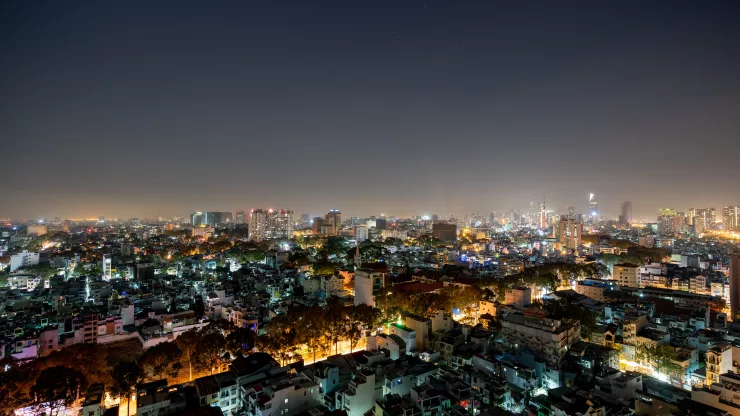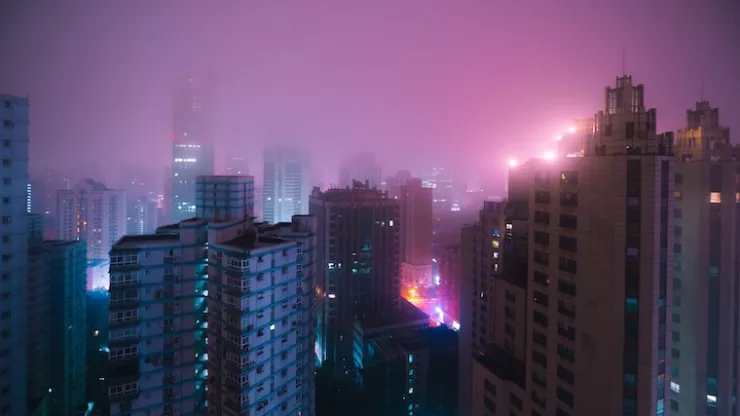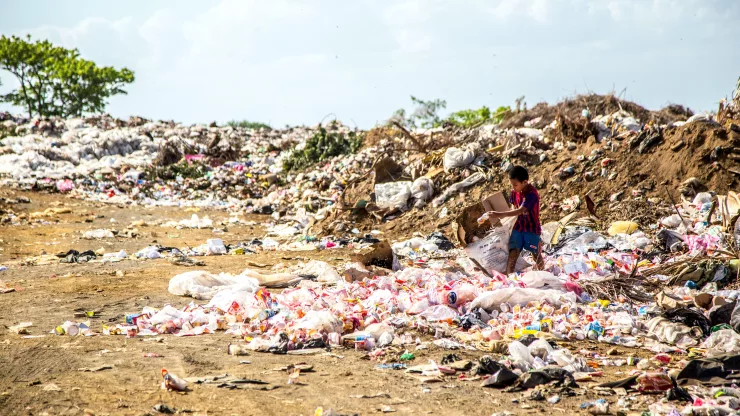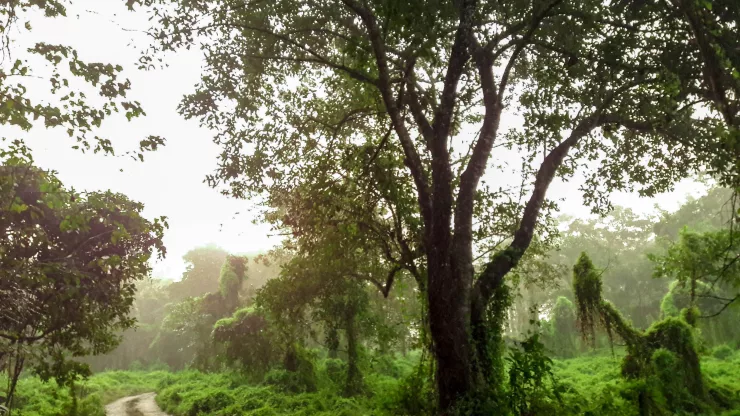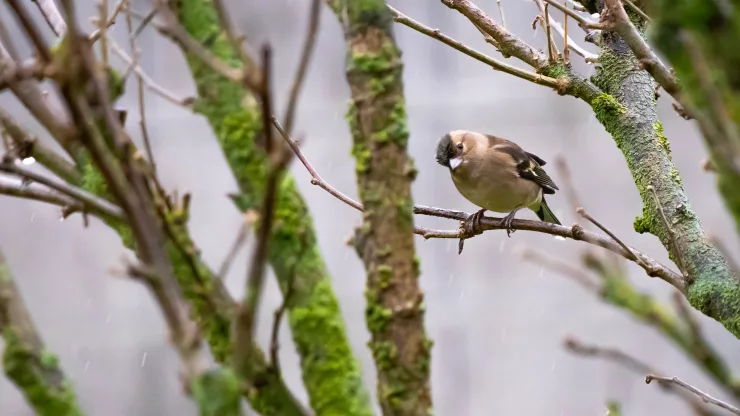Light pollution is an increasingly pressing issue globally, particularly in urban areas.
It refers to the excessive or misdirected artificial light that is emitted into the environment, which can have a range of negative impacts on both humans and wildlife.
While many of us may be familiar with the negative effects of light pollution on our own health and well-being, many are unaware of the impact it has on urban wildlife.
Jump to Section
Shedding Light on Light Pollution
Light pollution is a growing concern in cities worldwide, with artificial light sources becoming increasingly common in both residential and commercial settings.
The phenomenon is defined as the excessive or misdirected artificial light that is emitted into the environment, effectively drowning out the natural darkness of the night sky.
This can have a range of negative impacts on both humans and wildlife, including disrupted sleep patterns, increased energy consumption, and reduced visibility.
In urban areas, light pollution is particularly problematic for wildlife, as it disrupts their natural behavior patterns and can even be fatal in some cases.
Many species rely on the natural darkness of the night sky to regulate their circadian rhythms and navigate their environment.
When the night sky is flooded with artificial light, these animals can become disoriented, making it difficult for them to find food, shelter, and mates.
How Light Pollution Affects Urban Wildlife
Light pollution can have a range of negative impacts on urban wildlife, including:
- Disrupting natural behavior patterns: Many species rely on the natural darkness of the night sky to regulate their circadian rhythms and navigate their environment. When the night sky is flooded with artificial light, these animals can become disoriented, making it difficult for them to find food, shelter, and mates.
- Altering predator-prey relationships: Predators can use artificial light sources to hunt more effectively, while prey species may be more vulnerable to predation as a result of increased visibility.
- Disrupting bird migration patterns: Birds are highly sensitive to changes in light and can become disoriented when exposed to artificial light sources, potentially disrupting migration patterns.
- Reducing insect populations: Artificial light sources can attract and disorientate insects, reducing their populations and disrupting the food chain.
Solutions to Reduce Light Pollution
There are several solutions that can be implemented to reduce light pollution and its impact on urban wildlife. These include:
- Using shielded lighting fixtures: Shielded fixtures help direct light downwards, reducing light pollution and minimizing the impact on surrounding wildlife.
- Using motion-sensor lighting: Motion-sensor lighting can help reduce energy consumption and limit the amount of time that artificial light is emitted into the environment.
- Installing timers and dimmers: Timers and dimmers can help regulate the intensity and duration of artificial light, reducing light pollution and minimizing the impact on wildlife.
- Promoting the use of sustainable lighting technologies: Sustainable lighting technologies such as LED lights can help reduce energy consumption and minimize the impact of light pollution on urban wildlife.
Promoting Sustainable Lighting Practices
Promoting sustainable lighting practices is essential in reducing the impact of light pollution on urban wildlife. Individuals and organizations can take several actions to reduce their impact, including:
- Choosing energy-efficient lighting options: Energy-efficient lighting options such as LED lights can help reduce energy consumption and minimize the impact of light pollution on wildlife.
- Using shielded lighting fixtures: Shielded fixtures help direct light downwards, reducing light pollution and minimizing the impact on surrounding wildlife.
- Turning off unnecessary lights: Turning off unnecessary lights can help reduce energy consumption and minimize the impact of light pollution on wildlife.
- Supporting advocacy efforts: Supporting advocacy efforts to reduce light pollution and promote sustainable lighting practices can help raise awareness and drive change.
FAQ
How does light pollution impact sea turtles?
Light pollution can have a significant impact on sea turtles, particularly hatchlings.
When hatchlings emerge from their nests on the beach, they rely on the natural light of the moon and stars to navigate towards the ocean.
However, artificial light sources can disorientate them, causing them to move inland instead of towards the ocean.
This can be fatal for hatchlings, as they are more vulnerable to predators and more likely to become stranded on land.
How can I reduce the impact of light pollution on wildlife in my area?
There are several actions you can take to reduce the impact of light pollution on wildlife in your area, including:
- Using shielded lighting fixtures
- Installing timers and dimmers
- Supporting advocacy efforts to reduce light pollution and promote sustainable lighting practices
- Turning off unnecessary lights
By taking these actions, you can help minimize the impact of light pollution on the natural environment and protect urban wildlife for generations to come.
Light pollution is a significant issue that affects both human and wildlife populations in urban areas worldwide.
By raising awareness and promoting sustainable lighting practices, we can all take steps to reduce our impact and protect the natural environment for future generations.
Together, we can create a brighter, more sustainable future for all.
I’m a nature enthusiast and creator of Metro Wilds and have spent years exploring the great outdoors.
With a passion for environmental conservation and sustainability, I have dedicated my career to writing about the beauty and wonders of nature, as well as the threats facing our planet.
Contact me at [email protected] for assistance.

